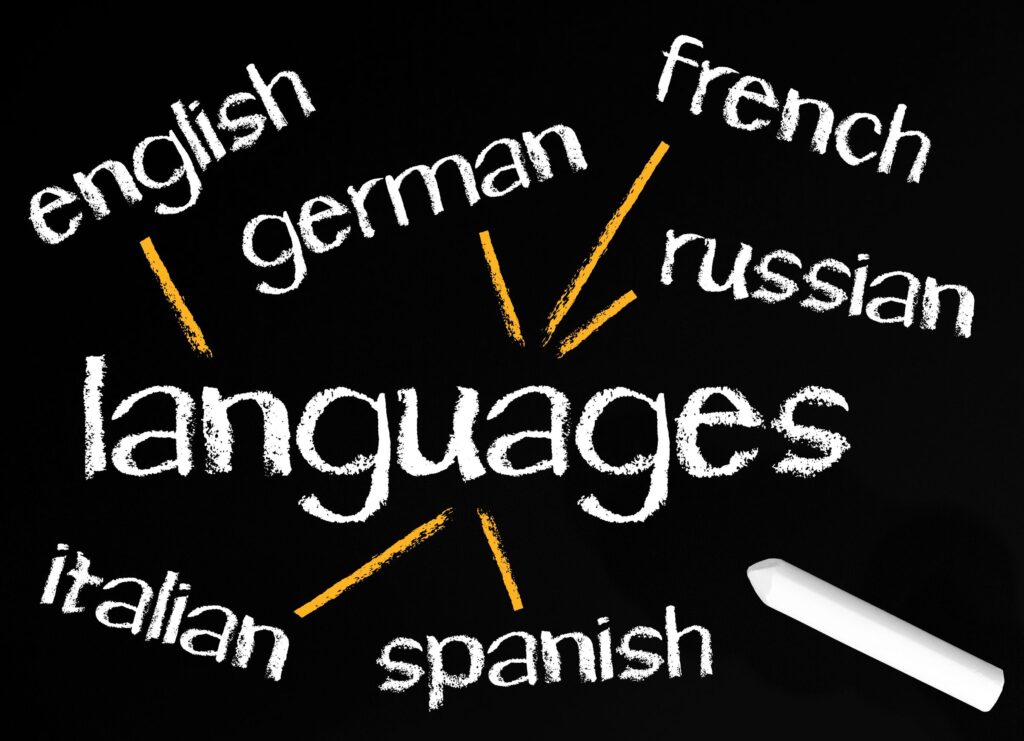The Internet is a global marketplace. So, as a business owner, you need to be thinking about how to reach as many people in the world with your product or service. Localizing your website can help expand your customer base and increase revenue for your business. This blog post will teach you everything you need to know about localization, including why it’s important and what tools are available to make it easier – so keep reading!
What is localization?
Localization is the process of adapting a product or service to meet the cultural needs of a specific target market. It involves changing text, graphics, images, sound, and videos to reflect the language and culture of a particular region or country. Localizing your website is important because it ensures that your website content is relevant and useful for your target audience.
It also makes your website more accessible to people who don’t speak English as their first language. And finally, localization can help you stand out from the competition by demonstrating that you understand and respect the local culture.
What is country localization?
Country localization is the process of adapting a website to reflect cultural differences and norms in different countries. This includes translating all text on the website into the local language, as well as adjusting any images or other content to be culturally appropriate.
Why is localization important?
Localization is important because it ensures that your website content is relevant and useful for your target audience. It also makes your website more accessible to people who don’t speak English as their first language. And finally, localization can help you stand out from the competition by demonstrating that you understand and respect the local culture.
What are the disadvantages of localization?
There are a few disadvantages to localization, including:
It takes time and money – Localizing your website can take significant resources. You need to allocate more time for translation and customization than you otherwise would have spent creating the website in English only. And it will likely cost more to hire native speakers or experienced translators than if you had just created an English version of the site from the beginning. Another disadvantage is that while localizing websites into major languages like Spanish or French might be relatively easy, less common languages could involve higher costs due since there may not be as many qualified people available who speak those dialects fluently (e.g., Japanese).
Less autonomy – When all on your website is translated into another language, you lose some control over the message. While localization helps to ensure your website is culturally appropriate and accessible for users around the world, it also requires more back-and-forth communication between web developers and translators which can slow down the process of creating a site.
Translation or Localization for Multilingual Sites
In order to cater to a global audience, many businesses choose to translate their website into multiple languages. This is often referred to as “multilingual localization.”
Multilingual localization can be achieved in two ways: by translating all content on the website into different languages, or by using a language detection tool that automatically detects the user’s preferred language and displays the site in that language.
The first option, translating all content into different languages, is the most common approach. This involves hiring professional translators to translate all text on the website – including menus, buttons, and other interactive elements – into multiple languages. The downside of this approach is that it can be expensive and time-consuming. It’s also important to make sure that translations are accurate and reflect cultural nuances correctly.
The second option, using a language detection tool, is less costly and more efficient than translating all website content into multiple languages. With this approach, you simply create a separate version of your website for each target market, with localized content specific to that region or country. Language detection tools use algorithms to detect the user’s preferred language and automatically display the website in that language.
This approach is beneficial if you’re targeting a limited number of countries or regions with your content, and don’t need to translate everything on the site into multiple languages. In addition, it requires less time from web developers since they only have to create one version of the site instead of several different versions for each target market.
Top 10 Benefits of Localization
Improved customer experience – When your website is localized, it takes into account the cultural values and preferences of your target audience. This not only makes customers feel more comfortable and welcomed on your site, but also demonstrates that you have taken the time to understand their needs and wants. Localization can help create a strong connection with consumers and encourage them to return to your site again in the future.
Greater market share – By catering to a global audience, you open yourself up to new markets that you may not have had access to before. With a localized website, you can reach more potential customers around the world and increase your market share.
Enhanced brand image – A well-localized website sends a clear message to customers that you respect their needs and are willing to go the extra mile for them. This helps build brand loyalty, which will encourage customers to continue purchasing from your company in the future.
Easier search engine optimization – Localization can increase organic traffic through “keyword targeting.” With this approach, you customize content on a website so it appears higher up on search results pages when users use certain keywords or phrases (e.g., French speakers searching for restaurants).
Improved site rankings – While localization doesn’t affect SEO directly, Google does consider user location as part of its ranking algorithm – so having localized versions of your website could help you rank better organically than sites that don’t have any regional variations at all. Keep in mind, however, that the quality and relevance of your content is still the most important factor for ranking high.
Increased ROI – By reaching a larger audience with your localized website, you’re likely to see a higher return on investment (ROI) than if you only target one region or country. In fact, localization can increase sales by up to 30%, so it’s definitely worth considering if you want to maximize your profits.
More engaging content – When website content is tailored to specific regions or countries, it becomes more engaging and relevant to users in those areas. This helps keep them engaged with your site and encourages them to explore all that you have to offer.
Greater customer satisfaction – A well-localized website makes customers feel more valued and respected. Since you’ve taken the time to tailor your content specifically for them, they’re likely to have a better overall experience with your company – which can lead to increased customer loyalty in the future.
Easier navigation – Localizing website menus is one of the easiest ways that companies create an effortless navigational experience for users from different regions or countries. As long as you include language options in menu text (i.e., “Language” instead of “English”), this small change will make it easier for visitors worldwide to find what they need quickly and easily on your site.
Improved trustworthiness – When people visit a foreign country or region, especially if’s their first time there, they often look for websites in their native language to ensure they can trust the information they’re getting. By localizing your website, you’re indicating to customers that you take their security seriously and that you want to provide them with the best possible experience – both of which help build trust between your company and its target audience.
More cost-effective – One of the great things about localization is that it’s often more cost-effective than creating multiple versions of a website. Rather than hiring translators and designers to create completely new content, most companies find that simply adapting their existing content for different regions is enough to satisfy customer needs. This saves time and money, making localization a very affordable way to reach out to new markets.
As you can see, there are many benefits to localizing your website. We hope this article helped you get a better understanding of the localization and translation process. If you have any questions, please don’t hesitate to comment below or reach out directly!
For accurate and cost-effective localization services, contact us.
You do not have to spend more time on research. If you need localization services that will make an outstanding contribution to your global sales and marketing strategies, please get in touch with us at [email protected] or at (800) 882-6058. Our experienced, native-speaking translators are available to provide you with professional, excellent, and accurate translation and localization services wherever you are. Get in touch with eTranslation Services right now.



